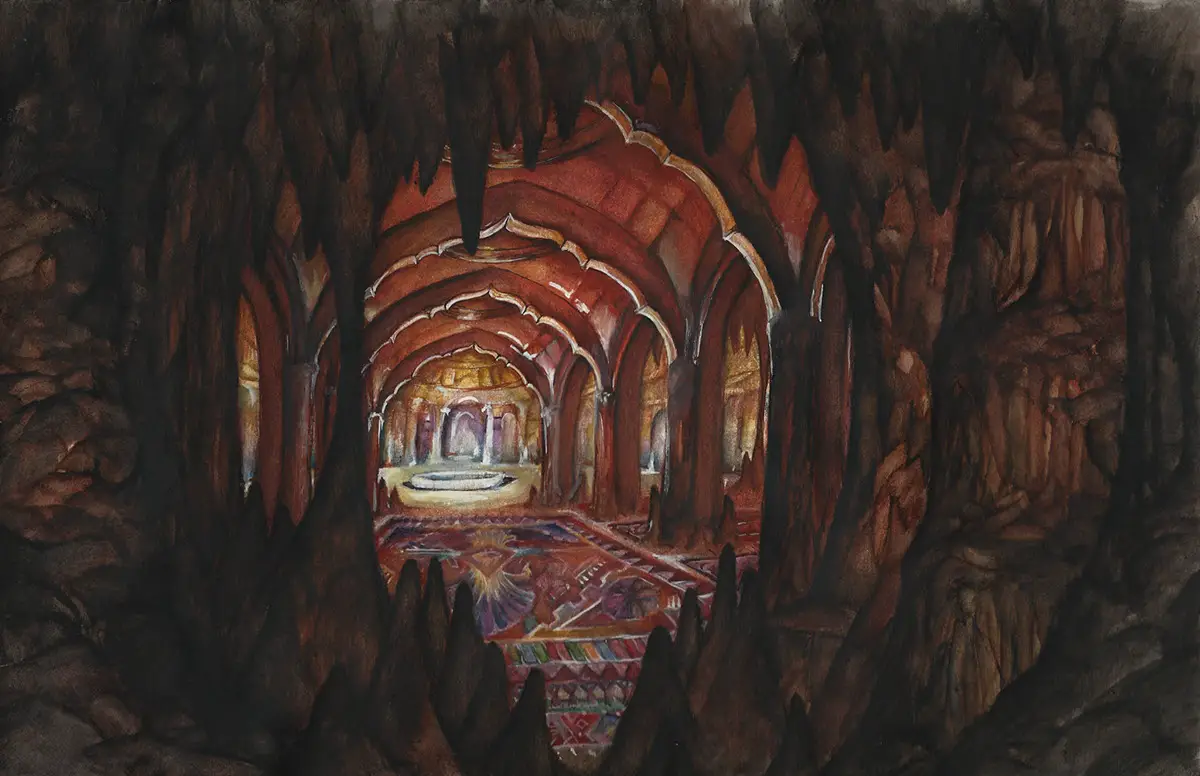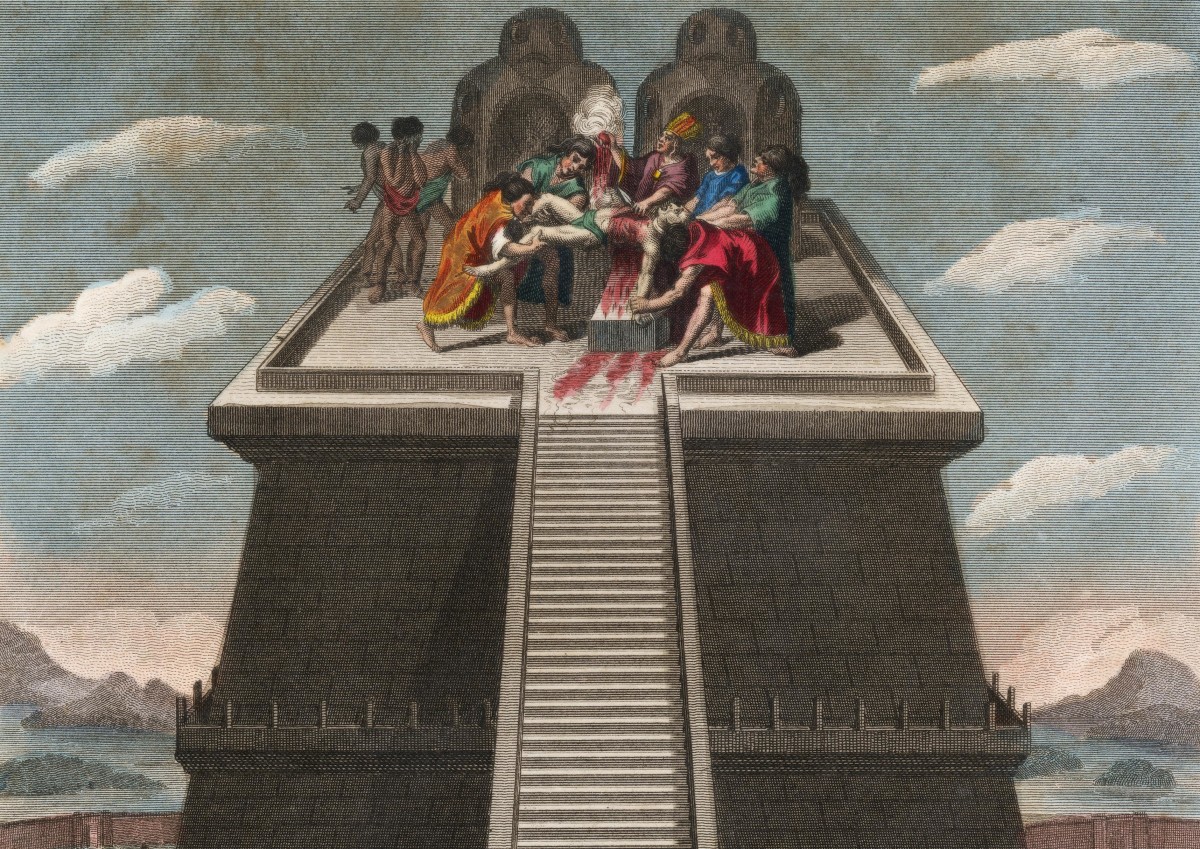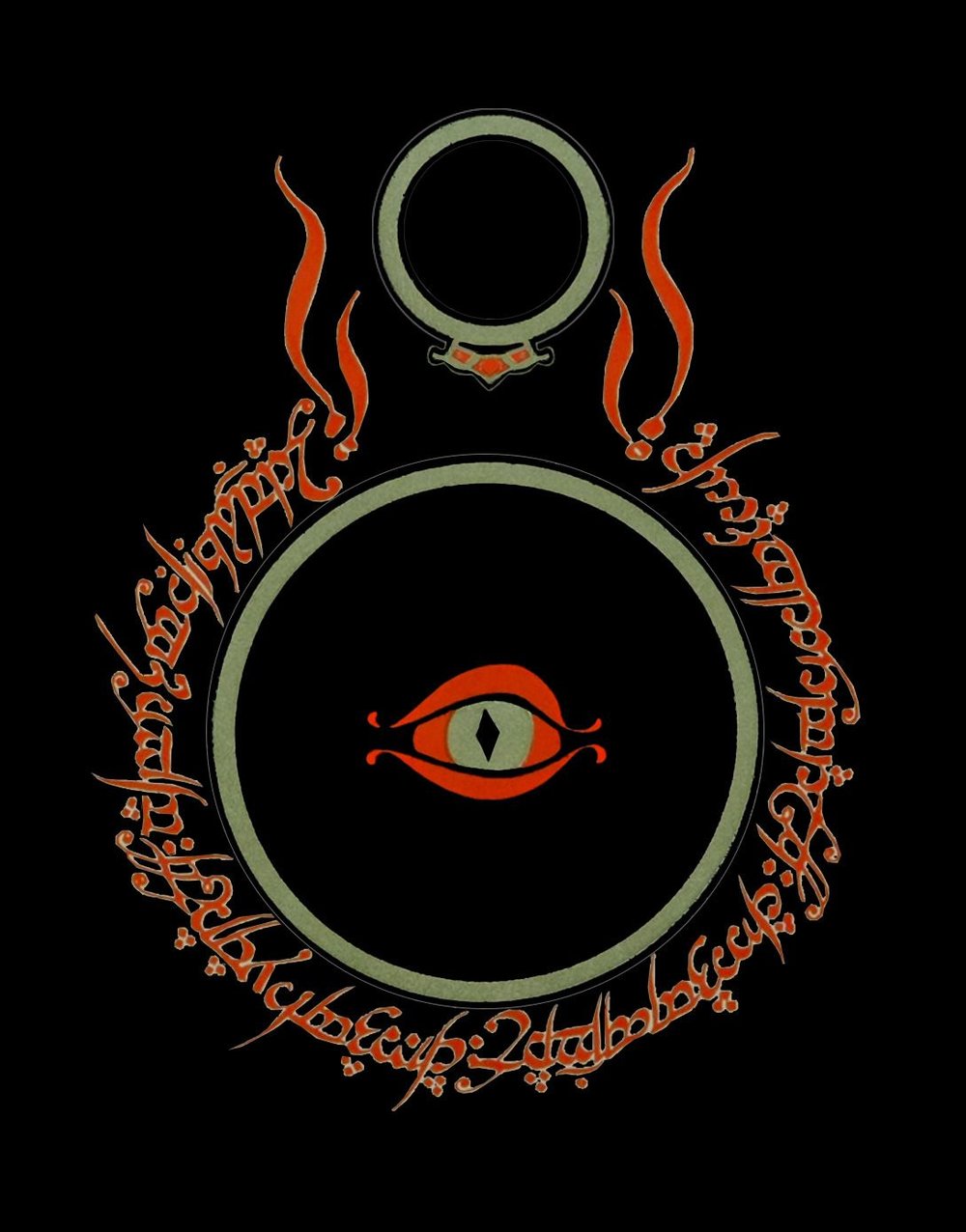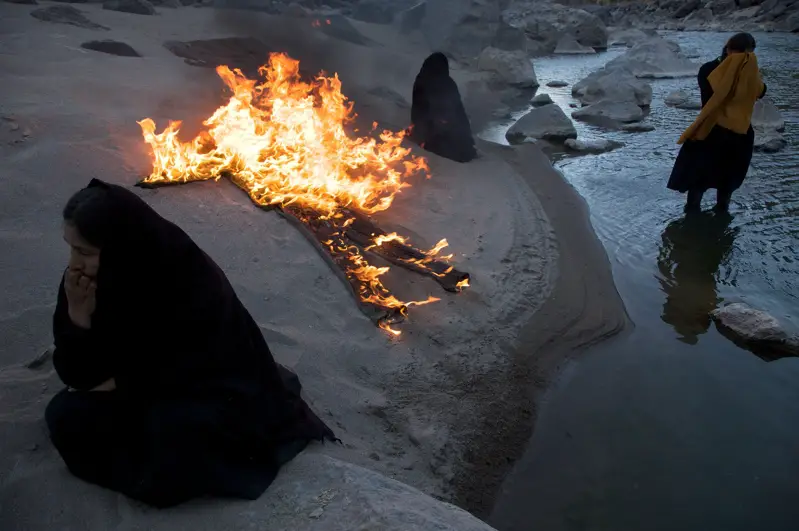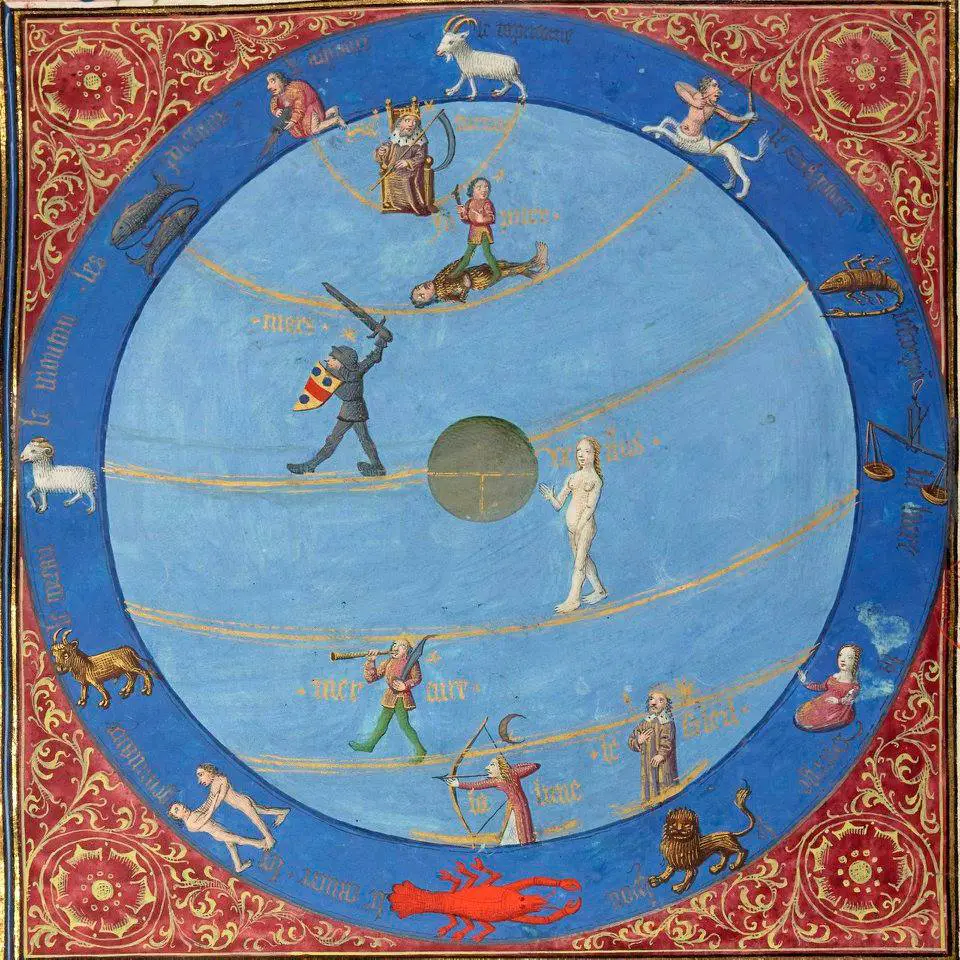Tag: Maya
The "blood of the Sun": on human sacrifice in the pre-Columbian tradition
The ancient traditions of Central and South America held that the Sun, as well as water, earth and the gods themselves, in order to prosper and guarantee the continuation of the world, had to be regularly fed with human blood, a concept that precisely among the Aztecs became of absolute, if not strictly obsessive, importance; nevertheless, the same conception was also found among the Maya, the Toltecs, the Olmecs and the Incas, as evidenced by the historical sources that have come down to us.
Sauron, the Demiurge of Middle-earth
An examination of the demiurgic aspects of the Dark Lord of Middle-earth. The One Ring as a symbol of the Saturnian will to subjugation, which has its manifestation in the control of time.
“Altiplano”: the pangs of Pachamama and the Anima Mundi
Brosens and Woodworth's film is much more than a heartfelt appeal to the conservation of our planet's natural resources: in the drama of Saturnina, symbolisms and sacred conceptions of the New and Old World converge, which allow us to address the question on multiple levels intimately connected between They.
Extrema Ratio: notes on "sacred" suicide
An exhaustive discussion on the way in which, through the centuries and cultural traditions, the act of ritual suicide has been considered and lived.
The symbolism of the Spiral: the Milky Way, the shell, the "rebirth"
di Marco Maculotti
Having analyzed in recent months [cf. Cosmic-agrarian cults of ancient Eurasia] a series of rites, myths and deities connected to the theme of cosmic rebirth, we want in this appointment and in the next ones to focus our attention on some symbols, which we have already mentioned, which archaic man recognized as images capable of eschatologically raising him towards the understanding of this mystery.
Stellar symbolism and solar symbolism
di Andrew Casella
cover: "The zodiac and the planets" by Bartholomeus Anglicus, taken from De proprietatibus rerum, Ahun 1480
[follows from Cyclic time and its mythological meaning: the precession of the equinoxes and the tetramorph e A Science in Tatters: Survival of the Doctrines of Cyclic Time from the Timaeus to the Apocalypse]
To resume the common thread of the images that we introduced in the first two appointments of this cycle, in the light of the previous considerations, it might be useful to quote a passage from Norse mythology.
Viracocha and the myths of the origins: creation of the world, anthropogenesis, foundation myths
di Marco Maculotti
We have set our sights on this cycle of essays classified as "Andean Notebooks" to focus on the most significant aspects of the tradition of ancient Peru, which was much more extensive than the present, also including parts of Ecuador, northern Chile and Bolivia. Having previously treated the doctrine of the "Five Suns" and pachacuti [cf. Pachacuti: cycles of creation and destruction of the world in the Andean tradition] let us now analyze the main numinous figure of the Andean pantheon: the creator god Viracocha (or Wiracocha or Huiracocha). For the purposes of this investigation, we will mainly use ancient chronicles (Garcilaso Inca de la Vega, Sarmiento de Gamboa, Cristobal de Molina, Bernabé Cobo, Guaman Poma, Juan de Betanzos, etc.) and the manuscript of Huaru Chiri, translated only recently, which we will integrate from time to time with the stories of rural folklore (collated by the anthropologist Mario Polia) and with some of the most recent hypotheses, if noteworthy.

